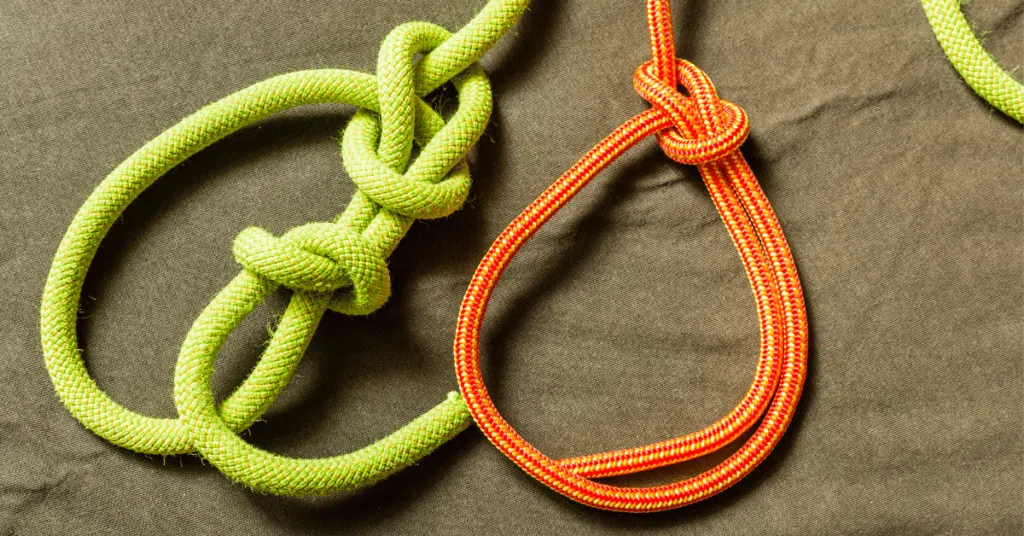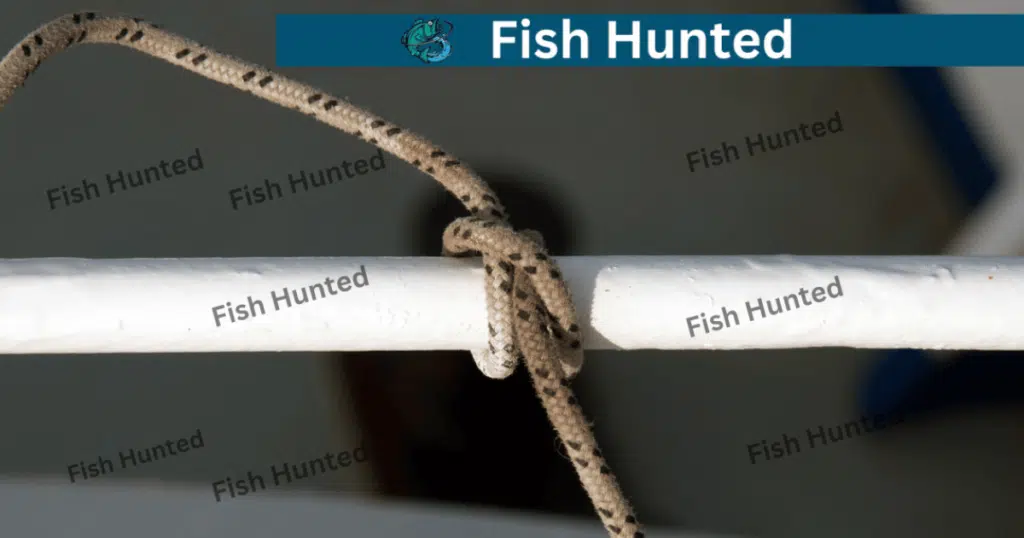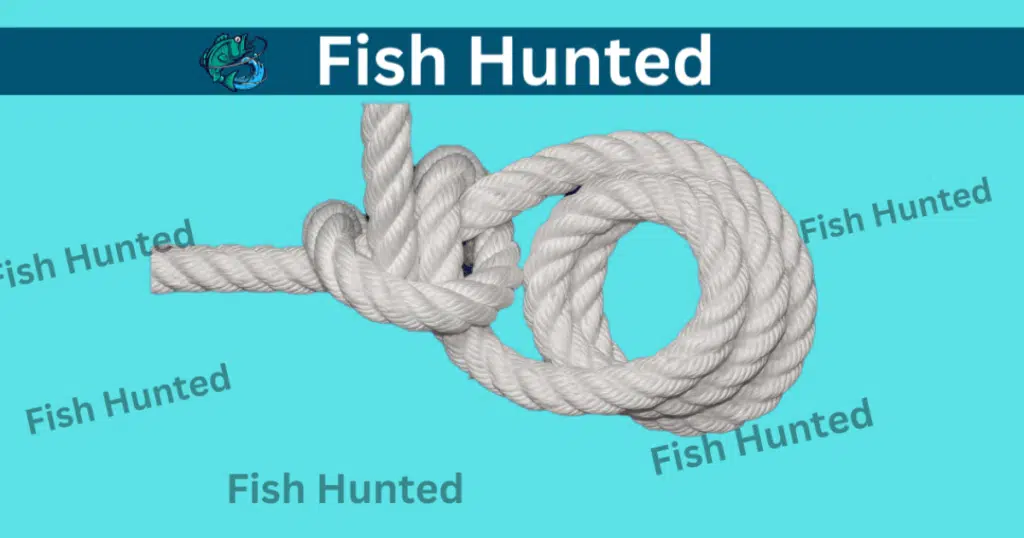Learning 6 essential basic boating knots has a crucial impact on any mariner. Simply because knowing the basics of these types of skills will allow you to have safety control over your sailboat. These knots provide security and effectiveness while sailing, anchoring, or docking. Basic knots that are essential for boating, from tying off a line to the dock, or lashing your boat securely. Even if you are new to sailing or have been on the water for years learning these six basic boating knots. This will enhance your nautical experience and help ease anxiety when traveling by sea.
Sort Brief of Article
ToggleThe 6 Best Main Types of Nautical Knots
Nautical knots are indispensable for sailors, each having a designated task. The essential knots for use onboard are the six primary knot types, but each has different importance, be it tying ropes, mending sheets, or controlling sail.
The knots found are bowline, clove hitch, sheet bend, figure-eight knot on a bight, cleat hitch, and reef knot. By employing these knots, we can protect ourselves in the water and increase productivity by confidently fishing around. From dropping anchor to tying up at the dock, when it comes to tweaking sails, these basic knots are must-knows before you start hoisting.
As we also elucidate in 6 articles on our site regarding this type of detail, there are myriad varieties of marine knots. These are our top 6 favorites to chock along with boat persistence.
- Bowline
- Clove Hitch
- Figure eight
- Becket knot
- Rolling hitch
- Square knot
Bowline
A secure loop at the end of a rope is helpful for mooring or lifting (though more secure than some similar knots) and possibly rescue operations. To make a bowline, form a small loop, pass the working end up through the loop, around the standing end, and back down through the loop. This knot is tough and easy to undo after being tightened.

Clove Hitch
It is fast and consistent for the post or pole attachment and ideal as a temporary tie (like hanging fenders). To tie, wrap the rope around the post, crossing over itself, then tuck the end under the final wrap. This offers moderate strength and can slip under heavy loads, making it good for temporary use.

Figure Eight
It prevents ropes from running out and is essential in climbing and sailing. To tie, make a loop, then pass the end around the standing part and back through the loop.

It holds almost as strong as a Buntline Hitch, is visually easy to inspect, and is still quite easily untied after heavy loading.
Becket Knot
It joins two ropes, usually used to secure a rope to an eye or loop. Pass the working end through the loop, wrap it around itself, and then go back through the loop. It is robust and safe, allowing you to connect ropes of similar size without worrying they may break.
Rolling Hitch
Attaches a rope to another rod, pole, or line. Suitable for tensioning lines. To tie, wrap the rope around the object, make a turn, then a second turn crossing over the first, and finish with a half hitch. It has excellent grip, with great tensile strength, and load-bearing capability.

Square Knot
Square Knot joins two ropes of equal diameter and is used to secure bundles. To tie, make a left overhand knot, then a right overhand knot, or vice versa. It has moderate strength and is not reliable under heavy loads or with slick ropes. It is best for simple, non-critical tasks.
Maritime knots are methods for tying lines, including those utilized in mooring, fleet security, and securing cargo. Understanding and using these important knots aboard a ship can be life or death.
Due to its versatility, strength, and ability to not jam or slip under load, many people consider the bowline one of their favorite marine knots. This type is used almost everywhere to create secure loops.
Sailors knot ropes to perform different procedures with materials and equipment and ensure their safety. Knots are used in tying and untying a boat or mooring line, towing another vessel, securing sails, and other sailboat rigging.
Basic knots for sailing include the bowline, clove hitch, figure-eight, sheet bend, rolling hitch, and square knot. They are handy for solving problems from securing the ship to stopping lines from slipping and tying ropes together.
Of course, sailors worldwide frequently employ these well-documented systems because they work. This applies to standard knots such as the bowline, clove hitch, and figure-eight – all commonly accepted on platforms covering every aspect of maritime activity.




